
Everything You Need to Know About Fukuoka’s Famed Tonkotsu Ramen
Fukuoka Tonkotsu Ramen
Ramen in Japan has had a similar history to that of pizza in the United States. Originally hailing from abroad — in ramen’s case from China — it quickly developed its own, unique identity after crossing the sea and landing in its new home. Nowadays, there are hundreds of different Japanese ramen styles, with cities all across Japan vying for the title of the country’s top noodle city, including Sapporo with its miso ramen and Tokyo with its shio (salt) ramen. But if there is a Japanese metropolis that’s to ramen what, say, New York is to pizza, then it must be Fukuoka. Located in northern Kyushu, it’s the capital of Fukuoka Prefecture and home to the extremely popular Hakata (or Hakata-style) Ramen, a type of tonkotsu noodle dish. Let’s talk about what all of those words actually mean.
Tonkotsu literally means “pork bones,” which make up the basis of any tonkotsu ramen broth. The bones (the exact kind and quantity of which differ from restaurant to restaurant and are often a closely-guarded secret) are boiled for many hours until they break down, creating a rich, milky bone soup that is the, well, backbone of Fukuoka’s famous dish. Tonkotsu ramen is now so synonymous with Fukuoka that most people there simply call it “Hakata ramen,” with Hakata being a ward of the city (previously an independent town) where the dish originated. But it takes more than bone broth to make genuine Hakata ramen.

You’ll also need fine, ultra-thin ramen noodles. You can technically choose their firmness when ordering a bowl of Hakata ramen but the two most popular choices are firm of very firm. “Regular” is often the softest that a real Hakata ramen proprietor will serve their noodles. Essentially, ordering your Hakata ramen noodles “soft” would be like ordering a well-done steak.
Hakata ramen is usually only flavored with soy sauce, salt, or miso, but just a little bit because the tonkotsu broth is meant to be the star of the show. The dish itself is often topped with sliced chashu/char siu barbecued pork and chopped green onions. Other ingredients like eggs, wood ear mushrooms, or pickled ginger sometimes also make an appearance but the prevailing wisdom is that, when it comes to the Fukuoka specialty, less is more. Even the noodle serving size is smaller than what you can expect with other types of ramen, and there’s a very good reason for that.
Hakata ramen is said to date back to 1937. It was supposedly invented by the owner of the Nankin Senryo yatai (food stall) who mainly sold his concoction to Hakata port laborers, fishermen, and other people that wanted a hot meal they could eat as quickly as possible. Hence the very simple ingredients and especially the ultra-thin noodles that vastly reduced the boiling time. However, the noodles being so delicate also meant that they would quickly turn to mush when submerged in the broth for too long, which necessitated a reduction of the serving size. It also created the now popular “kaedama” system, where guests can order noodle refills if they still have plenty of soup left at the end of their meal.

Being located on Kyushu (the Japanese island closest to the Asian mainland), Fukuoka was perfectly situated to become the noodle capital of Japan. For centuries, Kyushu has been the point of contact between Japan and the rest of the world, including the inventors of ramen: China. This gave the area plenty of time to learn about ramen, experiment with it, and ultimately develop many different regional ramen varieties, like Kurume-style or Nagahama-style.
Kurume-style ramen is primarily characterized by the fact that it doesn’t waste old broth. The previous night’s batch is added to the new one, which preserves its deep, rich taste without requiring the addition of any extra fat. As for Nagahama-style ramen (named after another ward of Fukuoka), today it’s become synonymous with Hakata-style noodles, but diehard ramen enthusiasts will claim that there are fundamental differences between them. The specifics differ depending on who you ask but Nagahama-style ramen broth is slightly lighter than Hakata soup, and its fans like their noodles extremely firm. Nagahama-style ramen is one of the few dishes where you can actually order your noodles “kona-otoshi” style, meaning dipped in hot water just long enough to boil away the excess flour before being served.

For the most authentic Fukuoka ramen experience, you have to go to the source, but with so many restaurants to choose from in the city, it’s easy to feel overwhelmed. One of the most popular options is Hakata Issou with their authentic, no-frills menu and ramen noodles swimming in distinctively frothy Issou broth. You could also try Hakata Ikkousha, one of the most successful ramen chains in the city, which parboils its pork bones to get as much flavor and as little fat from them as possible. Then there’s Hakata Chuka Soba Marugen, which pays homage to Hakata’s port history by mixing delicate seafood flavors into its tonkotsu ramen.
But, ultimately, Fukuoka ramen should really be enjoyed from a stall. There are more than 100 large-scale yatai around the city, many of which are located in the Tenjin and Nakasu areas. There you will find places like Donryu with its light-yet-flavorful broth, Haruyoshi Ramen, or Nagahama Yatai Yamachan, which specializes in Nagahama-style ramen. But you could pick a stall at random in Fukuoka and be guaranteed a delicious ramen meal. They’ve been at it for a while and clearly know what they’re doing.
Hakata Issou
3-1-6 Hakata Eki Higashi, Hakata-ku, Fukuoka, Fukuoka Prefecture
Web: http://www.hakata-issou.com/access/#!page1
Hakata Ikkousha
3-23-12 Hakataekimae Hakata-ku, Fukuoka-shi, Fukuoka Prefecture
Tel. 092-432-1190
Other locations: Various across Japan
Web: https://www.ikkousha.com/
Hakata Chuka Soba Marugen
2-2-18 Hirao, Chuo-ku, Fukuoka, Fukuoka Prefecture
Tel: 092-522-8848
Web: https://hakata-marugen.jp
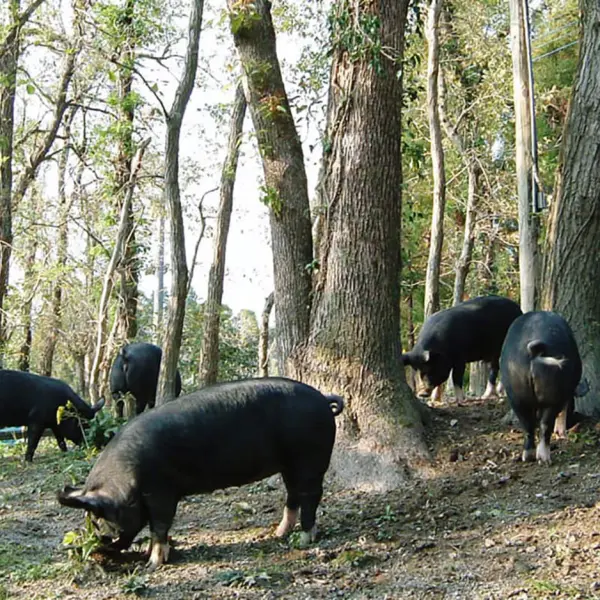 The delicious secrets of Kagoshima's free-range Kurobuta pork
The delicious secrets of Kagoshima's free-range Kurobuta pork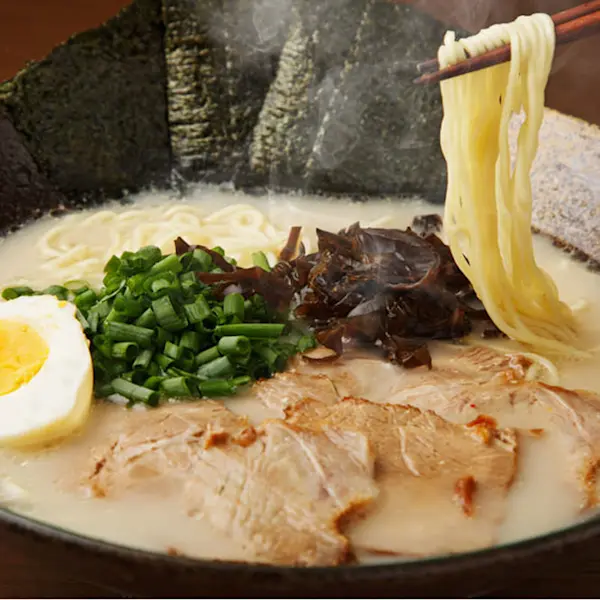 Everything You Need to Know About Fukuoka’s Famed Tonkotsu Ramen
Everything You Need to Know About Fukuoka’s Famed Tonkotsu Ramen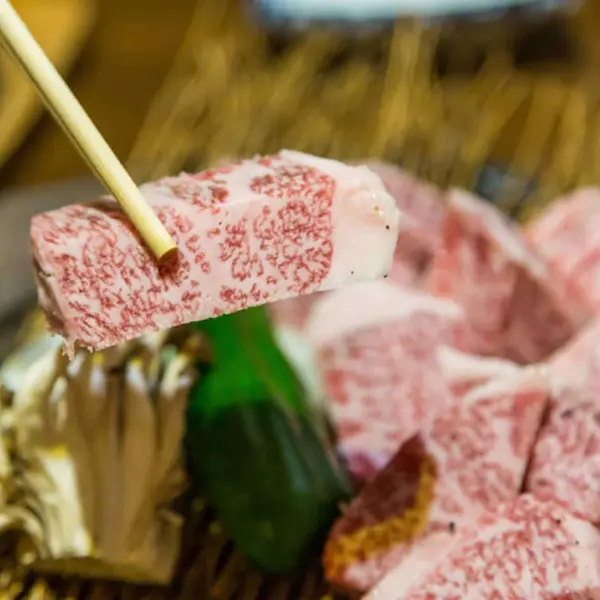 Saga Beef: Wagyu To Remember
Saga Beef: Wagyu To Remember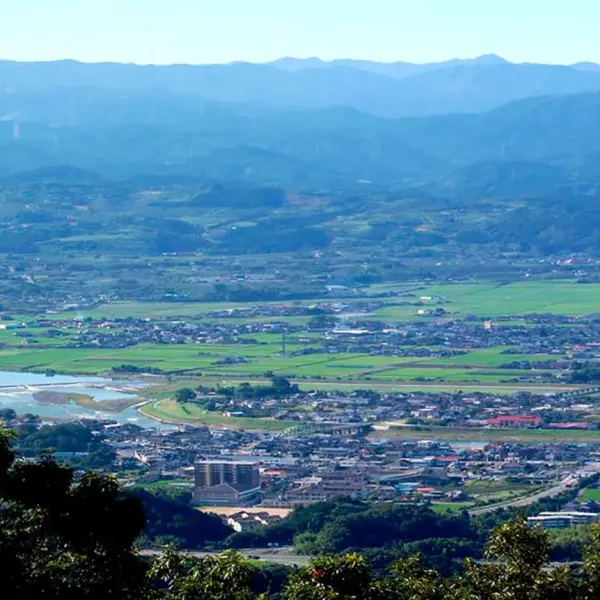 Discover Fukuoka's fruit kingdom
Discover Fukuoka's fruit kingdom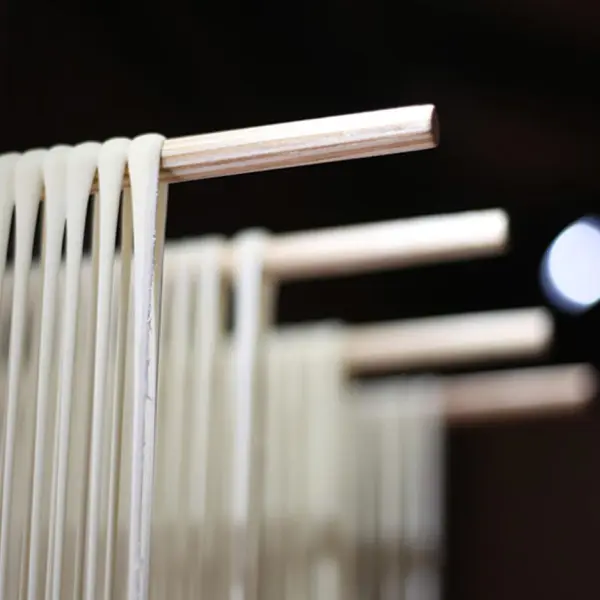 Goto udon: a delicious legacy of Nagasaki's ancient trade routes
Goto udon: a delicious legacy of Nagasaki's ancient trade routes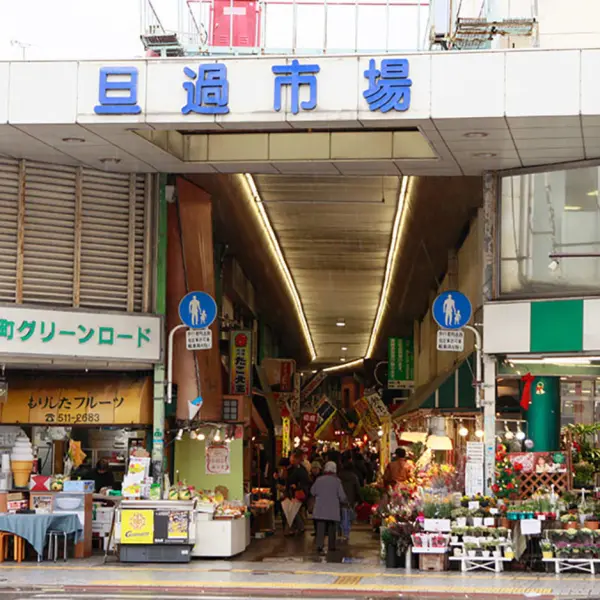 Feast your senses at Fukuoka's bustling fresh food market
Feast your senses at Fukuoka's bustling fresh food market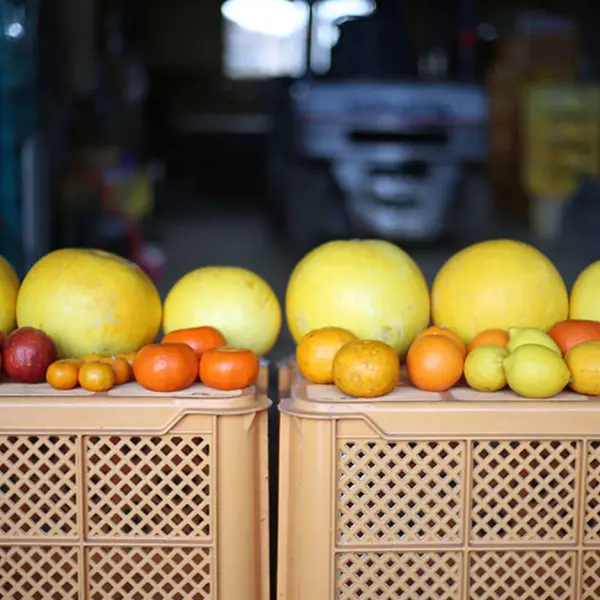 Cultivating the world's largest citrus fruit in Kumamoto
Cultivating the world's largest citrus fruit in Kumamoto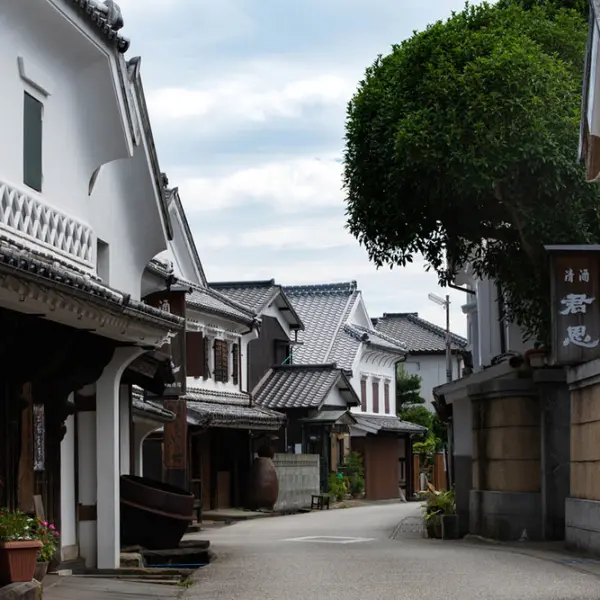 Hizen Hamashuku: Historic breweries that house the world’s best sake
Hizen Hamashuku: Historic breweries that house the world’s best sake In the shadow of a volcano: the world's largest daikon radishes
In the shadow of a volcano: the world's largest daikon radishes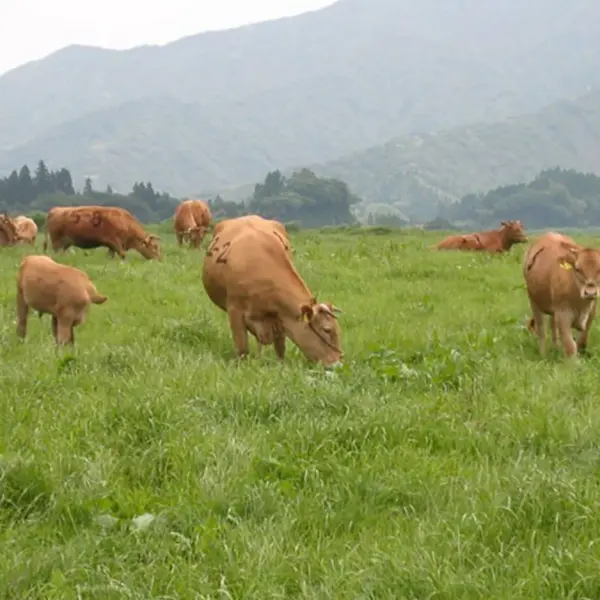 Raising Kumamoto's famed Japanese Brown Cattle
Raising Kumamoto's famed Japanese Brown Cattle




